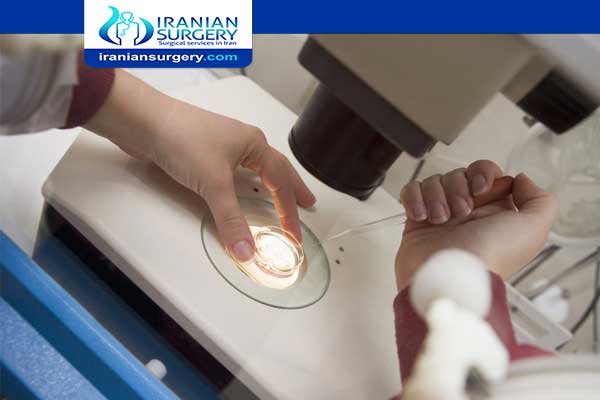Gamete intrafallopian transfer advantages and disadvantages

Gamete intrafallopian transfer advantages and disadvantages
What is GIFT?
Gamete intrafallopian transfer (GIFT) is a tool of assisted reproductive technology against infertility. Eggs are removed from a woman's ovaries, and placed in one of the Fallopian tubes, along with the man's sperm.
Read more about gamete intrafallopian transfer
Read more about Ivf in iran
Read more about second iui success rate
Gamete intrafallopian transfer advantages and disadvantages
- The good news is that GIFT does not require you to be hospitalized. After the procedure, patients typically stay in recovery for about eight hours.
- No link to cancer.Recent studies have shown no connection between ovulation-inducing fertility drugs and cancer. (Early studies suggested that exposure to fertility drugs might lead to a higher risk of ovarian cancer or other cancers of the female reproductive system.)
- Doctors cannot visibly confirm fertilization or determine embryo quality with GIFT.
- GIFT cannot be used in patients who have damaged or blocked fallopian tubes.
- Other health risks. As in IVF, you have a higher risk of ectopic pregnancy or developing ovarian hyperstimulation syndrome (OHSS) due to taking fertility medications that cause multiple follicles to mature.
- It may not work. The treatment could be cancelled if you're experiencing OHSS or if not enough follicles develop.
Some couples want to explore more traditional or over the counter efforts before exploring infertility procedures. If you are trying to get pregnant and looking for resources to support your efforts, we invite you to check out the fertility product and resource guide provided by our corporate sponsor.
Read more about GIFT infertility in Iran
About Iranian Surgery
Iranian surgery website is an online medical tourism platform where you can find the best infertility doctors and the best ivf hospital in Iran. So if you are looking for the cost of infertility in Iran, you can contact us and get free consultation from Iranian surgery.
Read more about ZIFT advantages and disadvantages
How long does GIFT take?
You have to wait for your eggs to mature. Then you and your partner spend about half a day at the doctor's office or clinic, having your eggs and sperm retrieved and surgically transferred to the fallopian tube. It takes about four to six weeks to complete one cycle of GIFT.
GIFT successful rate
Younger women usually have healthier eggs and higher success rates. After using GIFT, the average pregnancy rate is about: 37 percent for women age 38 and younger.
Read more about : 2nd iui success rate
Read more about Facial Fat Grafting In Iran
Read more about Fat Transfer Surgery In Iran
Read more about Gastric Balloon Surgery In Iran
Read more about Breast Cancer Treatment In Iran
Read more about Blepharoplasty Surgery In Iran
Read more about Ankle Replacement Surgery In Iran
Read more about Prostate Cancer Treatment
Read more about Cervical Biopsy Procedure In Iran
Read more about An Echocardiogram In Iran
Read more about Tympanoplasty Surgery In Iran
Read more about Hypospadias Surgery In Iran
Read more about Colectomy Surgery In Iran
Read more about Spinal Compression Fractures Treatment In Iran
Read more about Pgd In Iran
Read more about Lumineers Teeth In Iran
10 common questions about gamete intrafallopian transfer advantages and disadvantages
[kkstarratings]

